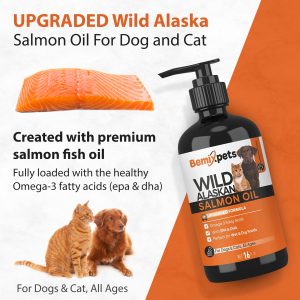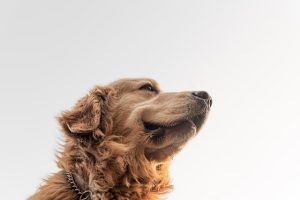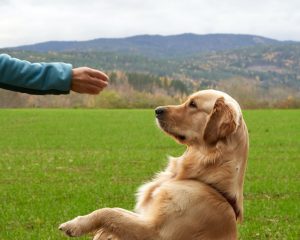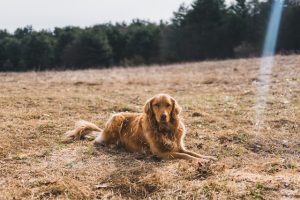Golden retrievers are born with a fine coat that is wet at birth. Once dry, it becomes soft and fluffy to protect the dog and regulate body temperature.
Golden retriever puppies are little golden balls for the first three months of life. Although you will notice your puppy's coat getting thicker in the first few months, it will remain short. Even at this stage, you will want your dog used to being combed by running a soft brush over your puppy's coat at least a few times a week.
Contents
Golden retrievers are heavy lines, and starting a grooming routine early can help avoid hair all over the house. As your puppy grows to three or four months, incorporate a rake and pin brush into your grooming routine. The pin brush will help loosen stray hairs on the outer coat, while the rake will handle the coarser undercoat.
Golden retrievers are considered a cooperative breed, so training your puppy should not be too difficult. Positive reinforcement training will work great for golden retriever puppies. These brilliant dogs, eager for their owner's approval, can easily be taught various tricks and necessary commands. Remember to provide your puppy with a healthy diet tailored to every need.
Golden retriever puppies grow like yeast, so a diet that takes care of their proper development is essential. In addition, golden retriever dogs are prone to hip dysplasia, so it's good to feed a food enriched with glucosamine and chondroitin from an early age to keep your pet's joints healthy and functioning correctly.
Hair, coat, and coat standard of the golden retriever.
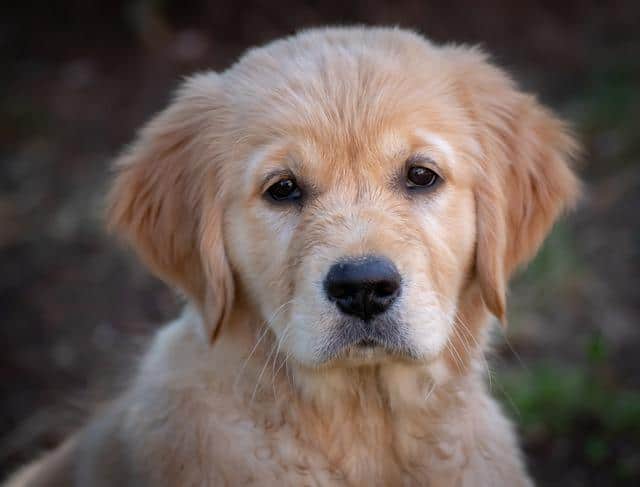
The coat of the golden retriever is elongated, straight or slightly wavy, and two-layered. The undercoat is very abundant and dense. It is also water repellent. The coat forms a beautiful ruff on the neck, and on the back legs, there are luxuriant pouches.
Dogs such as the golden retriever, black or brown, have little to do with the breed. The standard only allows for a spectrum of golden coats, from light to dark. White chest hair is acceptable, but other meanings should not appear. If you want to see what dogs of this breed look like, you can effortlessly search for pictures online.
An adult male dog measures from 56 to 61 cm. Females are noticeably more refined and more delicate. Usually, their height at the withers closes in the border between 51 and 56 centimetres. In the pattern, there is no longer a weight criterion for some time, but dogs usually weigh between 25 and 34 kilograms. This depends on the sex and personal characteristics of each dog.
Golden retriever - character
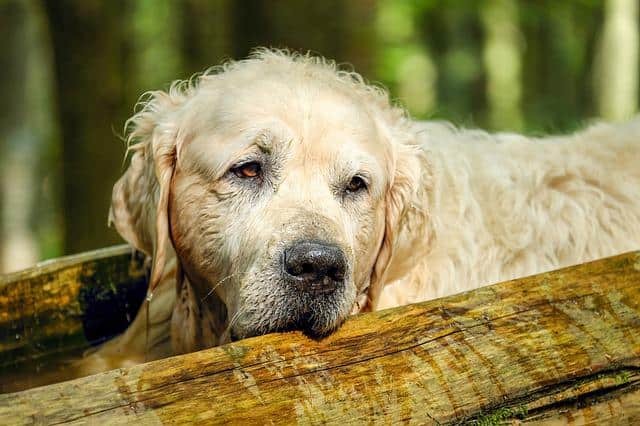
The golden retriever is almost the perfect family dog. However, it is worth noting that it was an animal bred for hunting in its early days. This significant change in the use of the breed was mainly due to the character of the goldens. They are friendly dogs, very nice and open. They love contact with people and are very attached to their families.
Golden retriever - behaviour towards him should be gentle
Representatives of this breed have a very balanced disposition. However, they are also susceptible. That is why they should be treated with a hefty dose of gentleness. This dog is not suitable for nervous people who enforce obedience the hard way. A shout or even a harsher remark from the guardian to his pet is taken very seriously by the dog. Nerves shown in excess can significantly strain a dog's psyche.
Golden retriever, a dog for many tasks
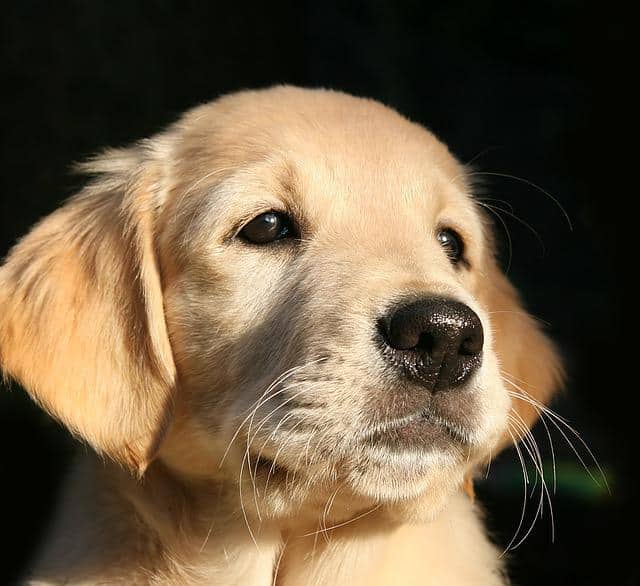
Training a golden retriever is not difficult because the biggest motivation for this dog is to meet the expectations of its handler. He is obedient and very devoted, which, combined with his gentleness, makes the breed really suitable for families with children.
No wonder this dog is very often used in dog therapy. Thanks to its excellent sense of smell, it also often helps rescue services in the search for victims of avalanches and other disasters.
Golden retriever - life expectancy and health
This breed was created for hunting purposes. That is why they are a pretty healthy and hardy breed. Thanks to their very thick undercoat, these dogs are protected from low and high temperatures.
How to take care of his health?
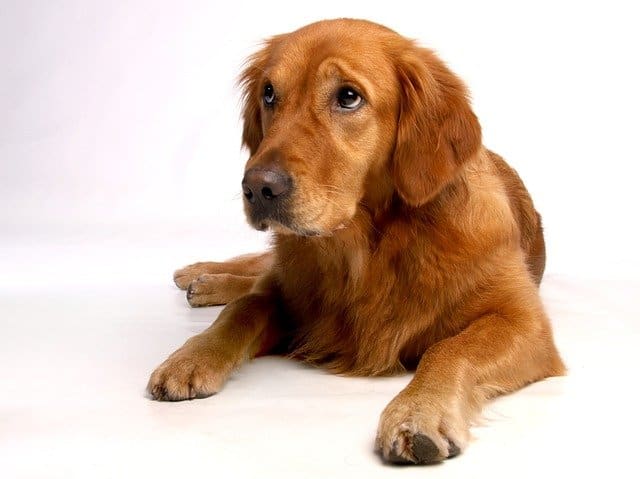
Like most large breeds, goldens are also prone to hip dysplasia. Before buying a puppy, it's worth asking the breeder about all the x-rays and tests done. A significant risk is also an extremely dangerous stomach torsion. It can be prevented by dividing meals into several smaller portions. Intense exercise should be avoided for an hour or so after a meal. It is best to teach your dog that immediately after eating is the time to rest.
Most common diseases of golden retrievers
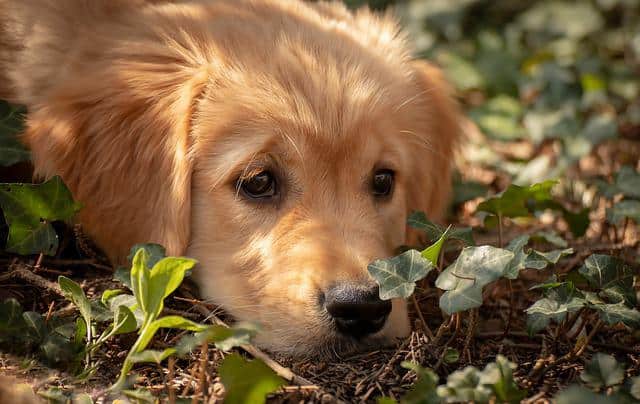
The most health-sensitive organ of goldens is their eyes. Occasionally, problems such as:
- progressive retinal atrophy;
- cataracts;
- entropium;
- ectropion.
Particularly dangerous are cataracts, which, if left untreated, can even lead to the dog's loss of vision. European golden retriever lines have become somewhat more squat and massive in recent years. Unfortunately, this often translates into problems with the musculoskeletal system. Therefore, under no circumstances should it be allowed to become overweight.
Golden retriever - grooming
Although the coat of these dogs is quite long and dense, it does not require highly complex care. However, it should be kept relatively systematic.
Brushing, a method to take care of the golden coat
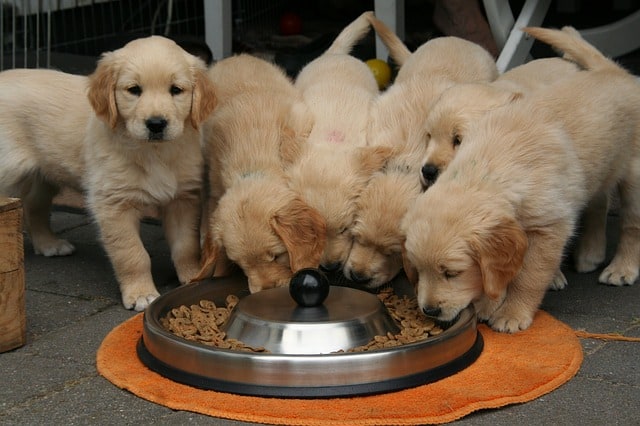
The coat of dogs of this breed has a tendency to felting and clump into tangles. You can avoid this by brushing it about twice a week. A cross trimmer will come in handy for removing excess undercoats. A poodle brush and a simple wire brush with smooth-tipped needles will also work well for the basics of golden retriever grooming.
Avoid dry brushing, as in such cases, the coat becomes electrified and may tend to break. It's good to get a good quality conditioner spray to make combing the coat easier.
Goldendoodle - body shape
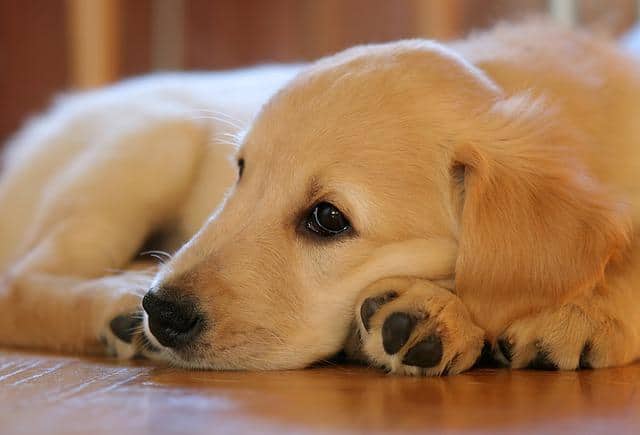
There is no one right model of a Goldendoodle. There is nothing else but to present average information about this breed. Adults reach 14-21 kg of body weight and 61-66 cm of height in the case of dogs and 56-58 cm in the case of bitches. You can find dogs with straight, curly, and wavy coats. Regardless of the type, the skin is always quite long.
The coat colour also varies. Goldendoodles can have golden, white, cream, chocolate, and black coats. The coat is usually uniform.
As a rule, Goldens shed quite a lot, but the frequency of shedding depends to some extent on the dog's lifestyle. Pets that spend a lot of time outdoors change their coat twice a year - in autumn and spring. This natural process is disrupted in an apartment with central heating, and then the dog sheds its coat not so intensively but practically all year round.
Golden Retriever fur stages by age
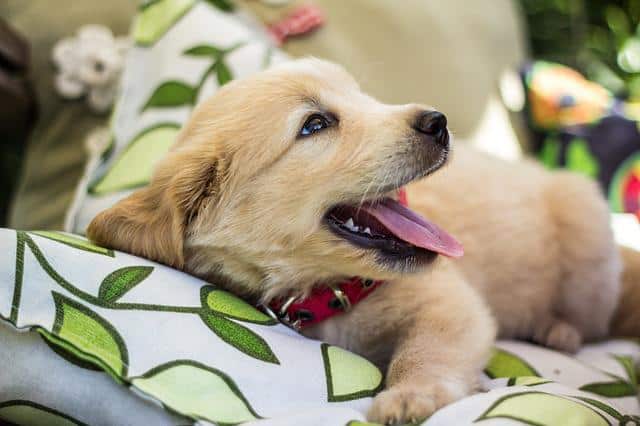
Golden retriever puppy fur growth begins with a soft, fluffy texture. You will start to see feathers at about three months of age as the puppy grows into a more adult coat. However, the exact time this plumage begins depends on genetics.
The three- or four-month mark is also when you'll notice some long fur, which usually starts on the tail. At about 18 months, this longer adult fur will grow all over the dog and generally be darker than puppy fluff. The adult fur will not eliminate the puppy fur but form the undercoat.
Even as adults, golden retrievers will have some variation in fur. Most of the time, outside dogs will have thicker skin compared to dogs that are indoors. There are also seasonal and genetic variations in fur.
The worse aspects of keeping golden indoors
It is also worth remembering that a breed dog requires regular grooming. Although it is not difficult, if neglected, it will very quickly lead to tangles on the coat, which are difficult to comb out. Goldens are also quite expensive to maintain.
Representatives of this breed lose a lot of hair, so they are unlikely to find themselves in the home of a tidy lover. It is an open-hearted animal, so it won't do well as a guardian. With children, he plays willingly, but he is very energetic, so he should not be a pet "for them." All games with children should take place only under the supervision of an adult.
Golden retriever - interesting facts
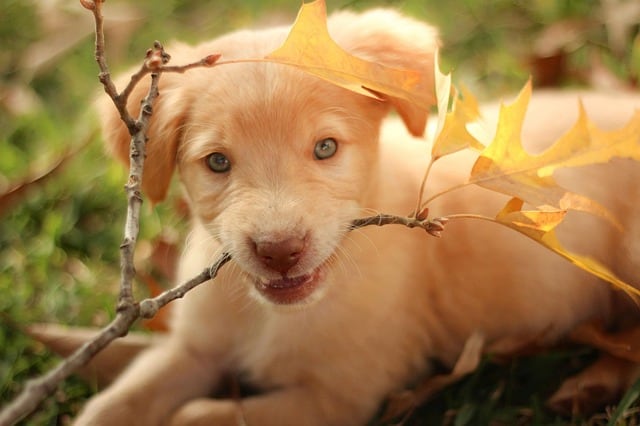
In some ads, you can find a dog described as "golden retriever miniature" or "mini golden retriever." In fact, it is a mix of gold with a cocker spaniel.
Golden retriever - golden or cream - is always characterized by openness and friendly disposition. However, it is a highly energetic and knowledgeable dog. Therefore it requires training and clear boundaries.
He needs to be prepared from puppyhood to calmly stay alone in the house. However, he should not be without company for too long. If there is always someone in your family who has time for a pet, consider choosing just a golden.

